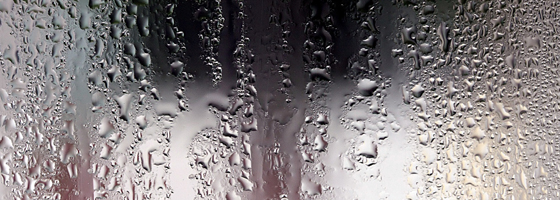What is Relative Humidity?

Relative humidity is a measure of the amount of moisture in the air relative to the total amount of moisture the air can hold. For instance, if the relative humidity was 50%, then the air is only half saturated with moisture. Warmer air can hold more moisture than colder air.
Why is relative humidity important?
Without humidity, there would be no clouds, no precipitation, and no fog. Humidity is simply water vapor in the air, which is needed to form rain. Additionally, water vapor holds heat in the air. It is a greenhouse gas, which means it is a can absorbs heat and warms the atmosphere. This is why humid air feels warmer.
How is relative humidity measured?
Relative humidity is reported as a percentage of the total amount of moisture that could be held in the air. For instance, if the air is only half saturated with water vapor, the relative humidity will be reported at 50%. If the air holds all the water vapor it can hold, it is 100% saturated.
Relative Humidity Technology
A capacitance-type sensor is one way to measure relative humidity. Changes in relative humidity cause the shape of the sensor to change. When the sensor changes shape, it’s capacitance, or ability to store an electrical charge, changes in a detectable and repeatable fashion.




albrianna
September 13, 2012 at 9:18 pm
thank you for having something on there that can help learn stuff for school work and i will recomend this site to every bod i know so i am about to send out a mass text on it because i know my friend will like this website so i thank you for helping me